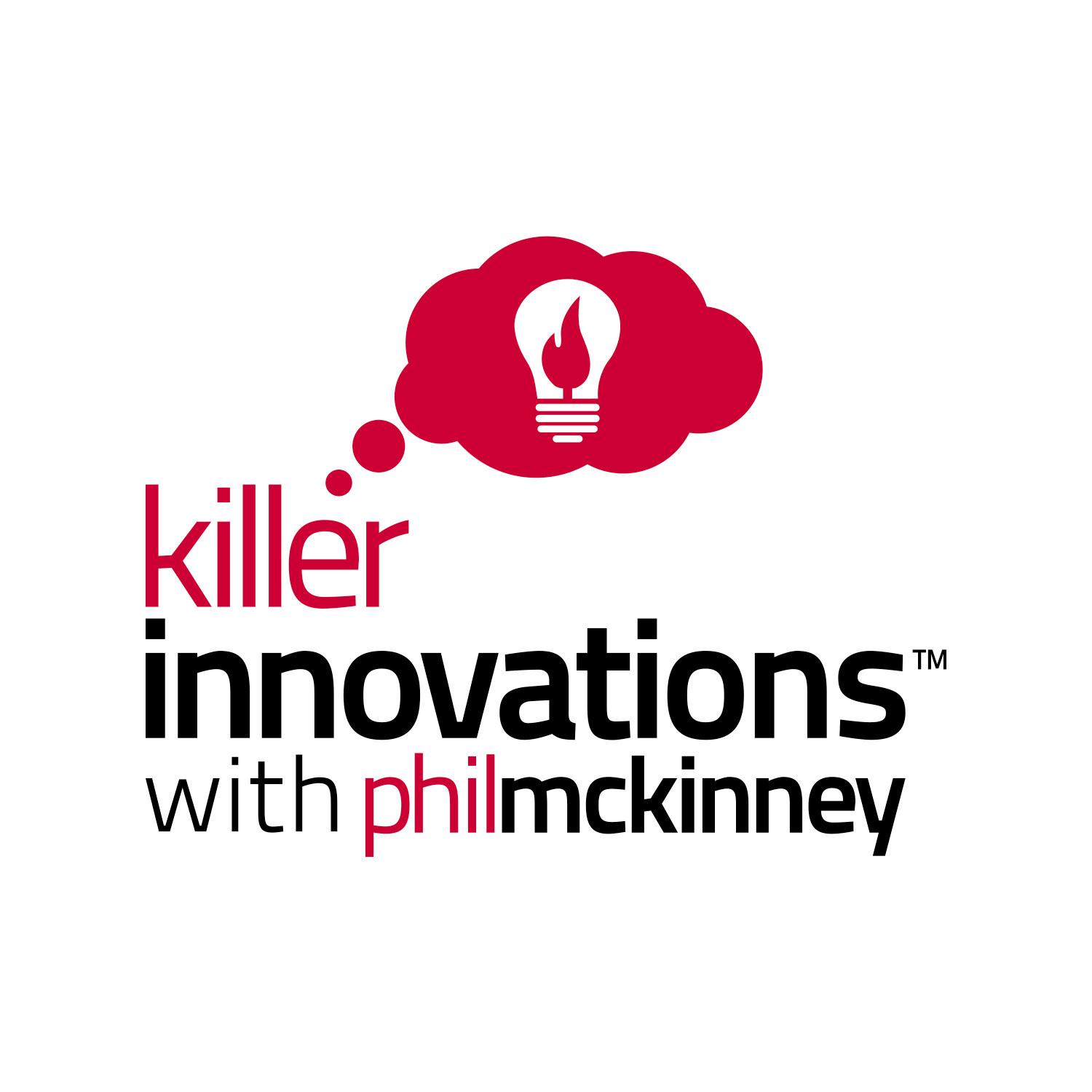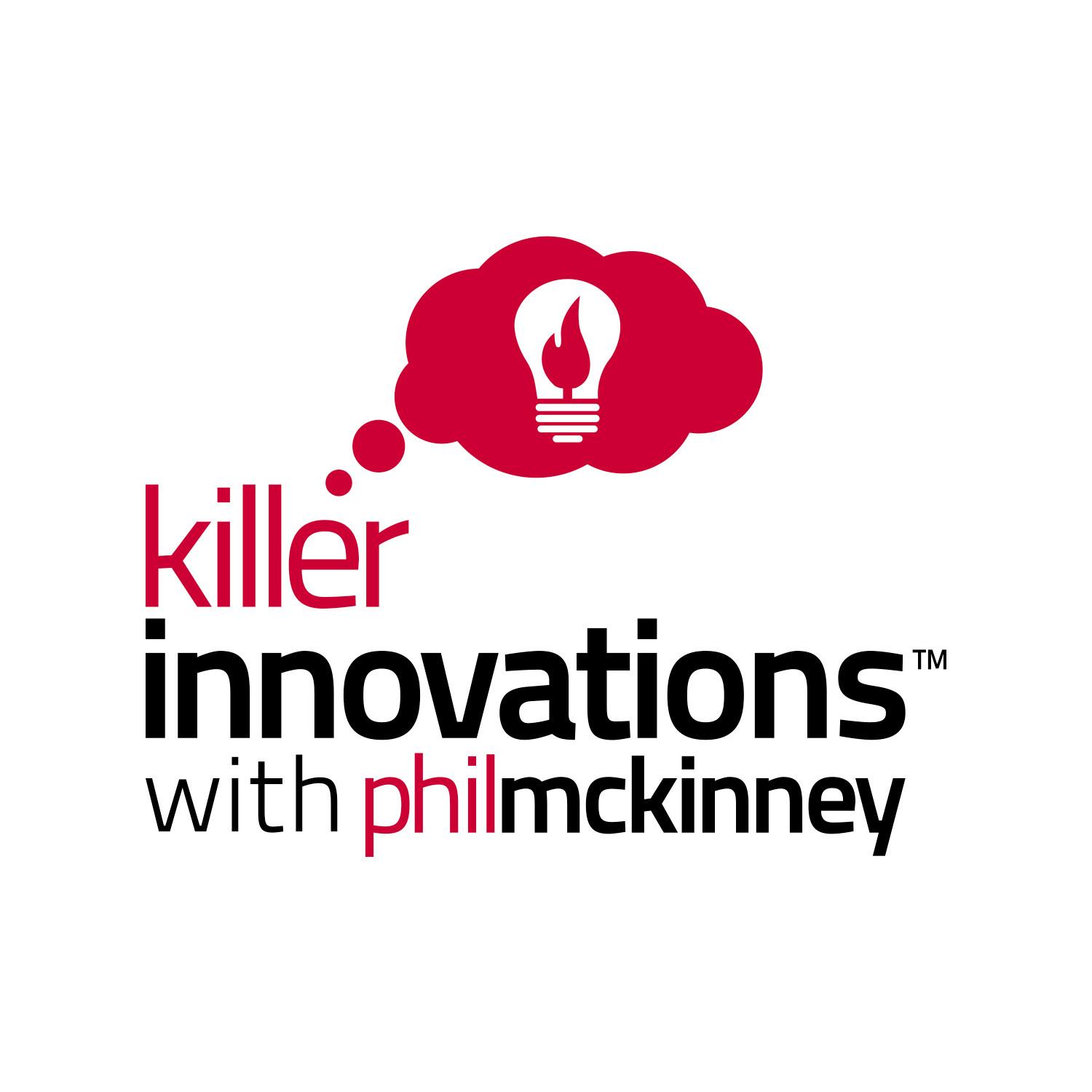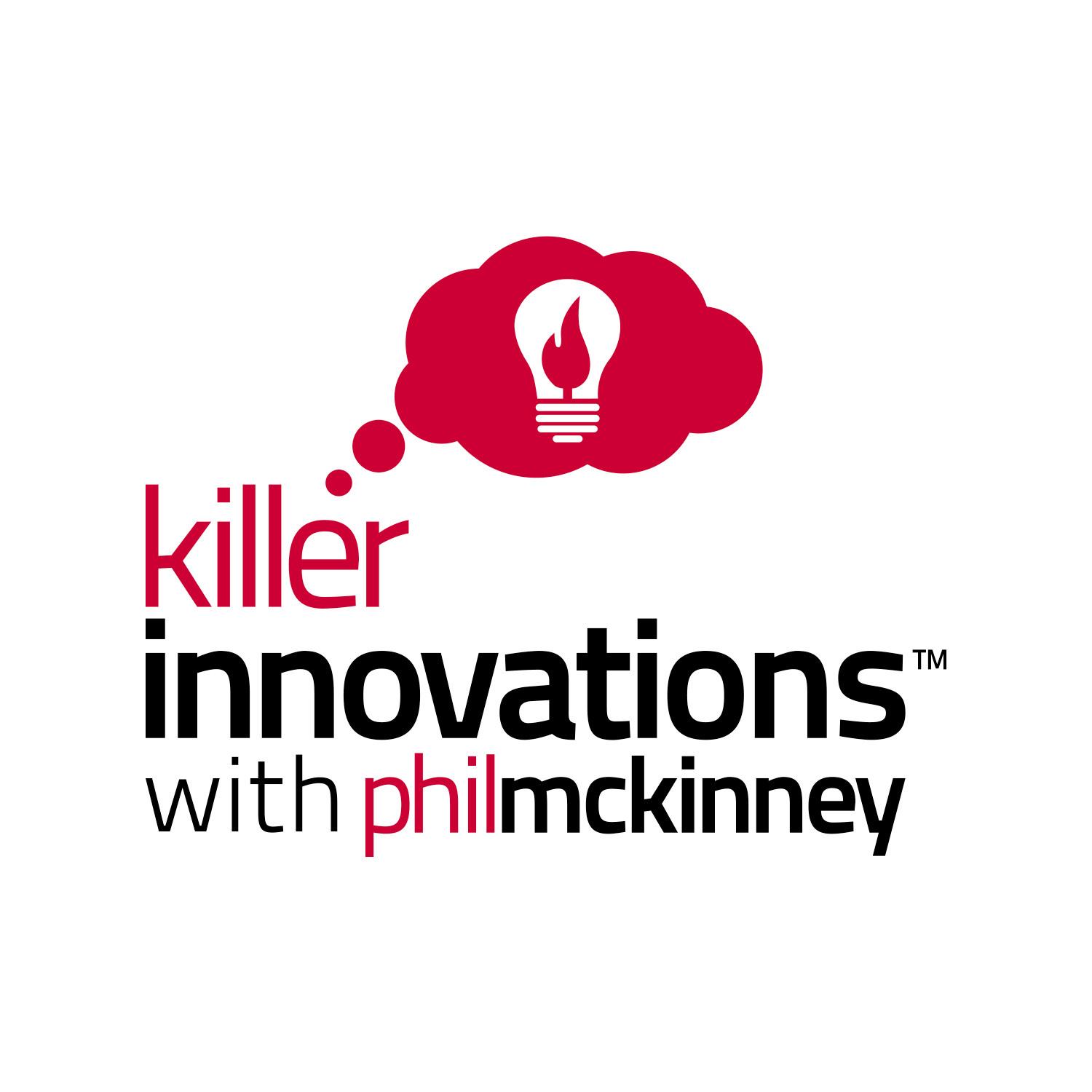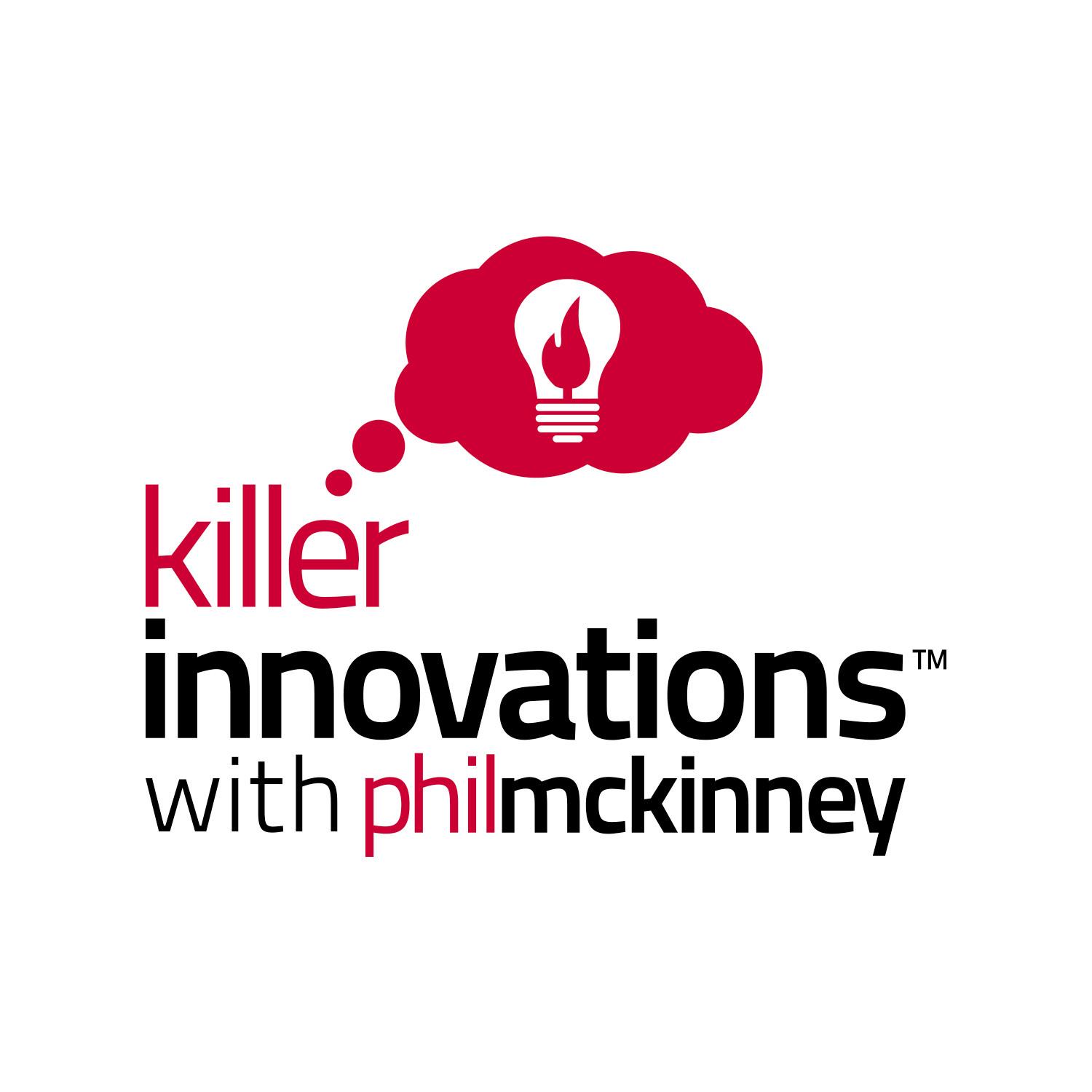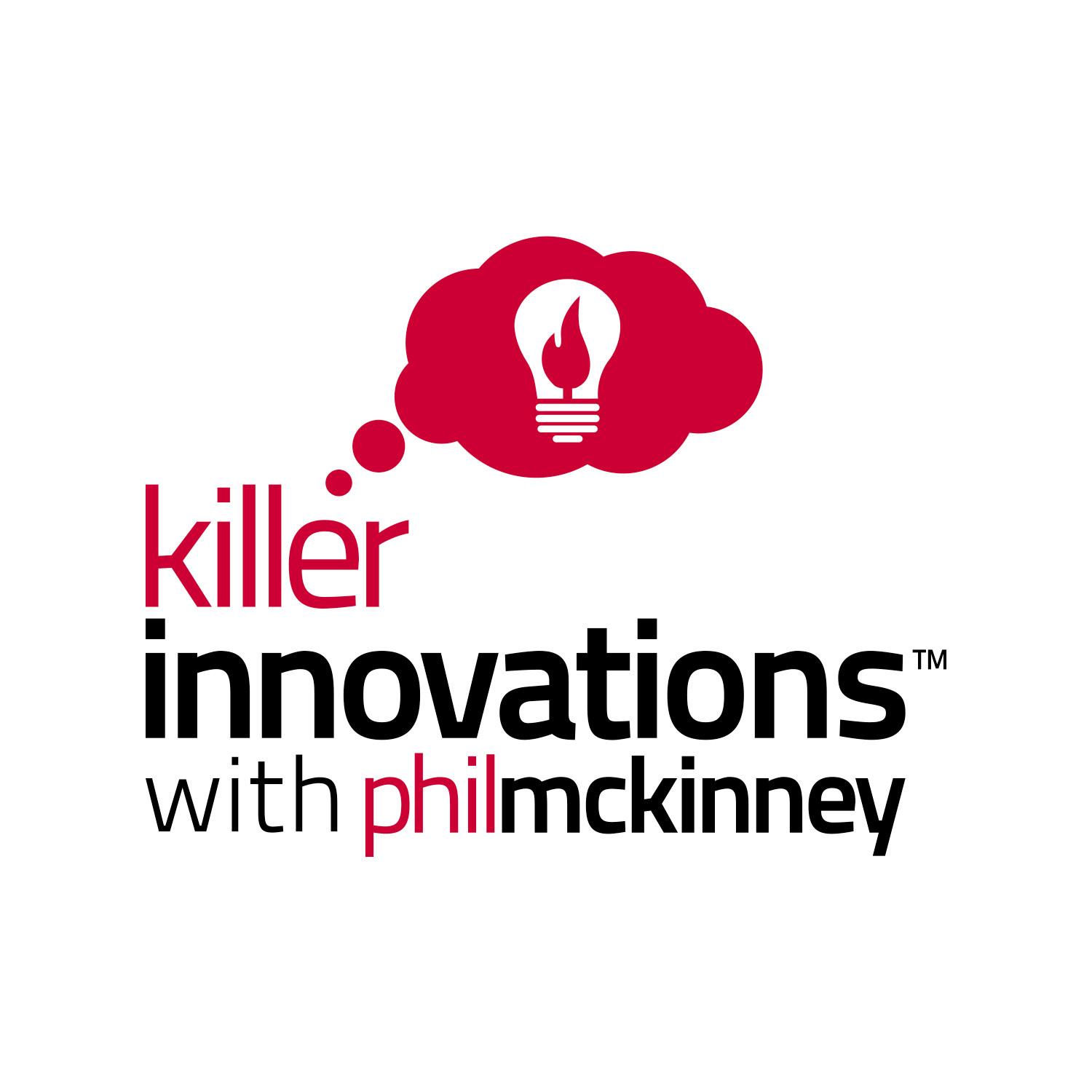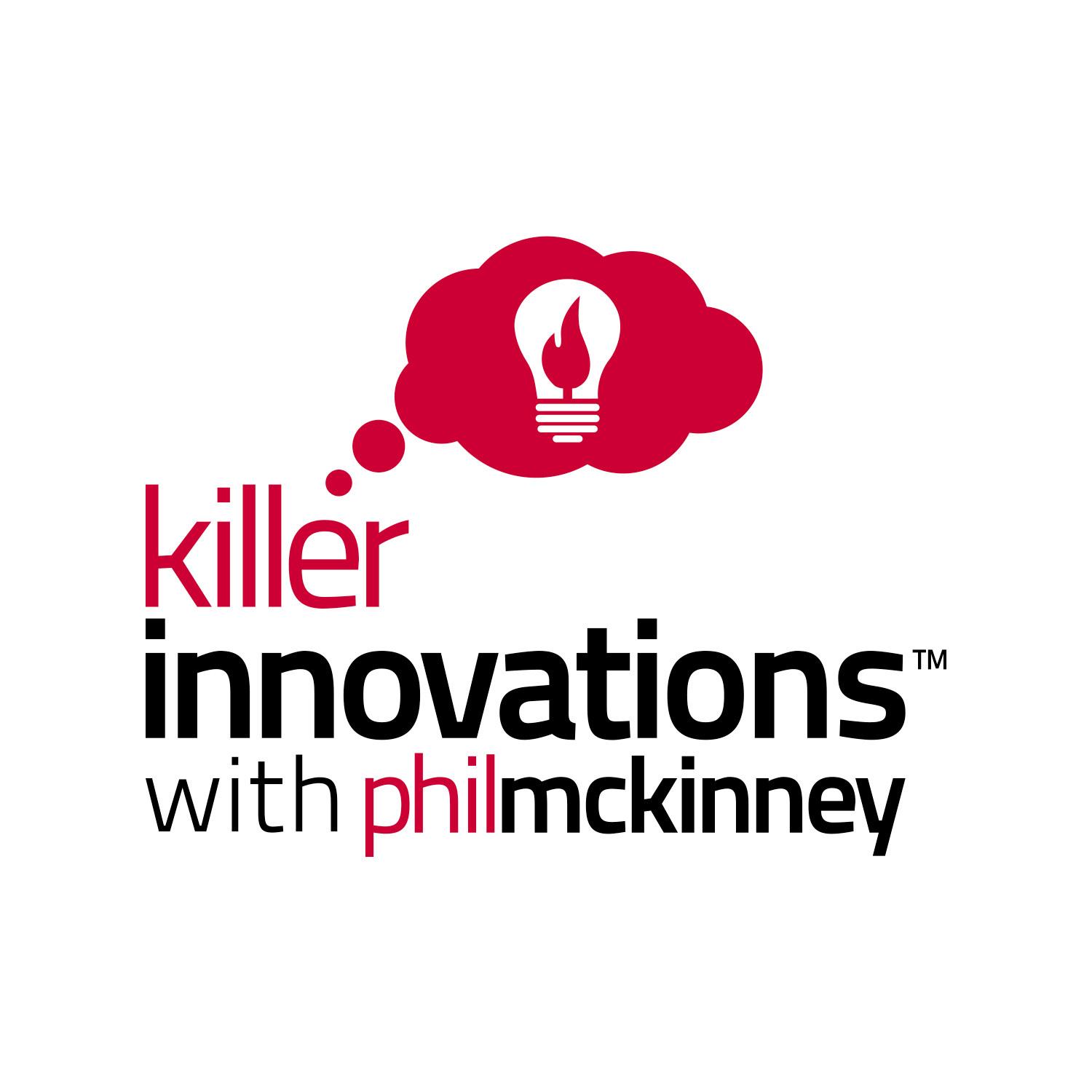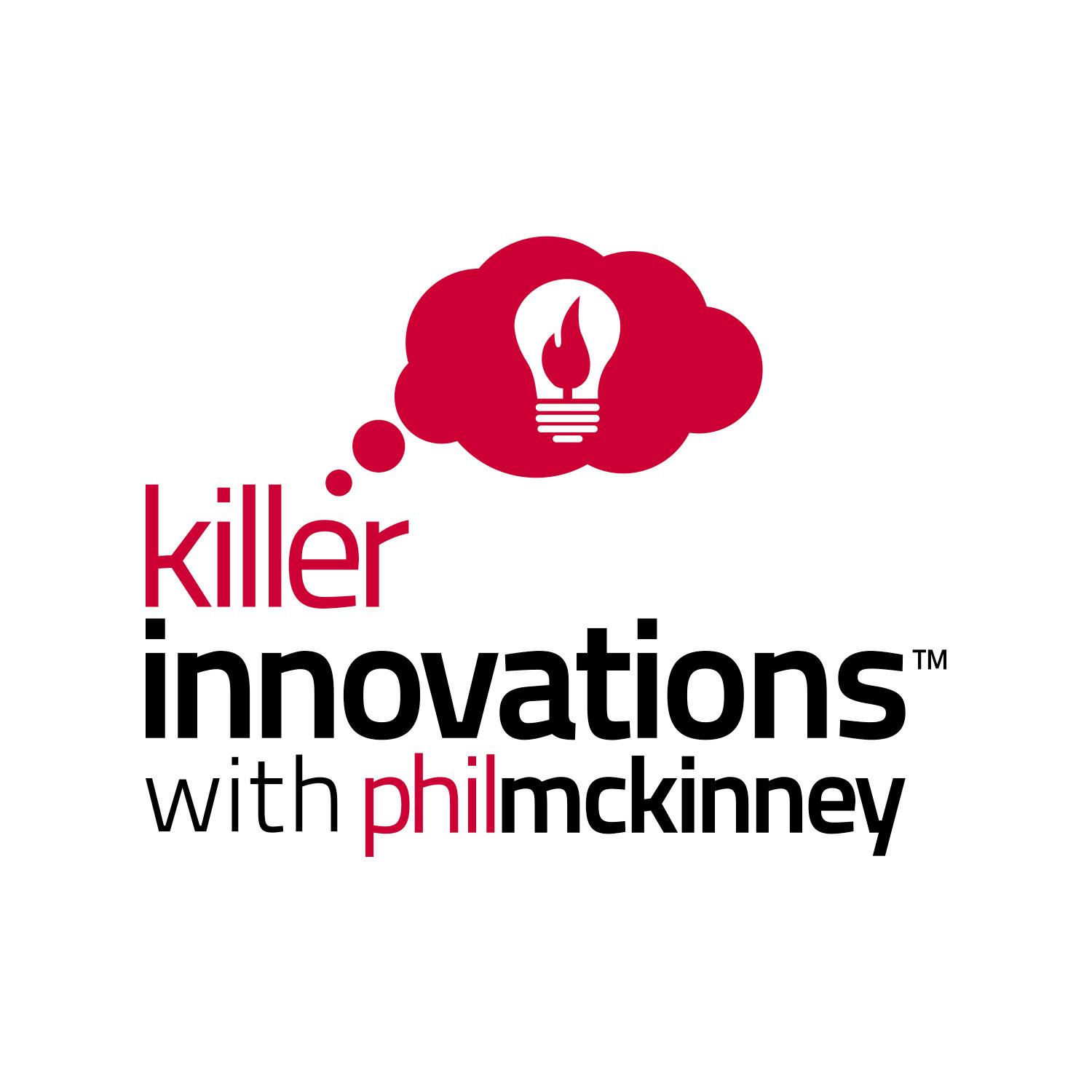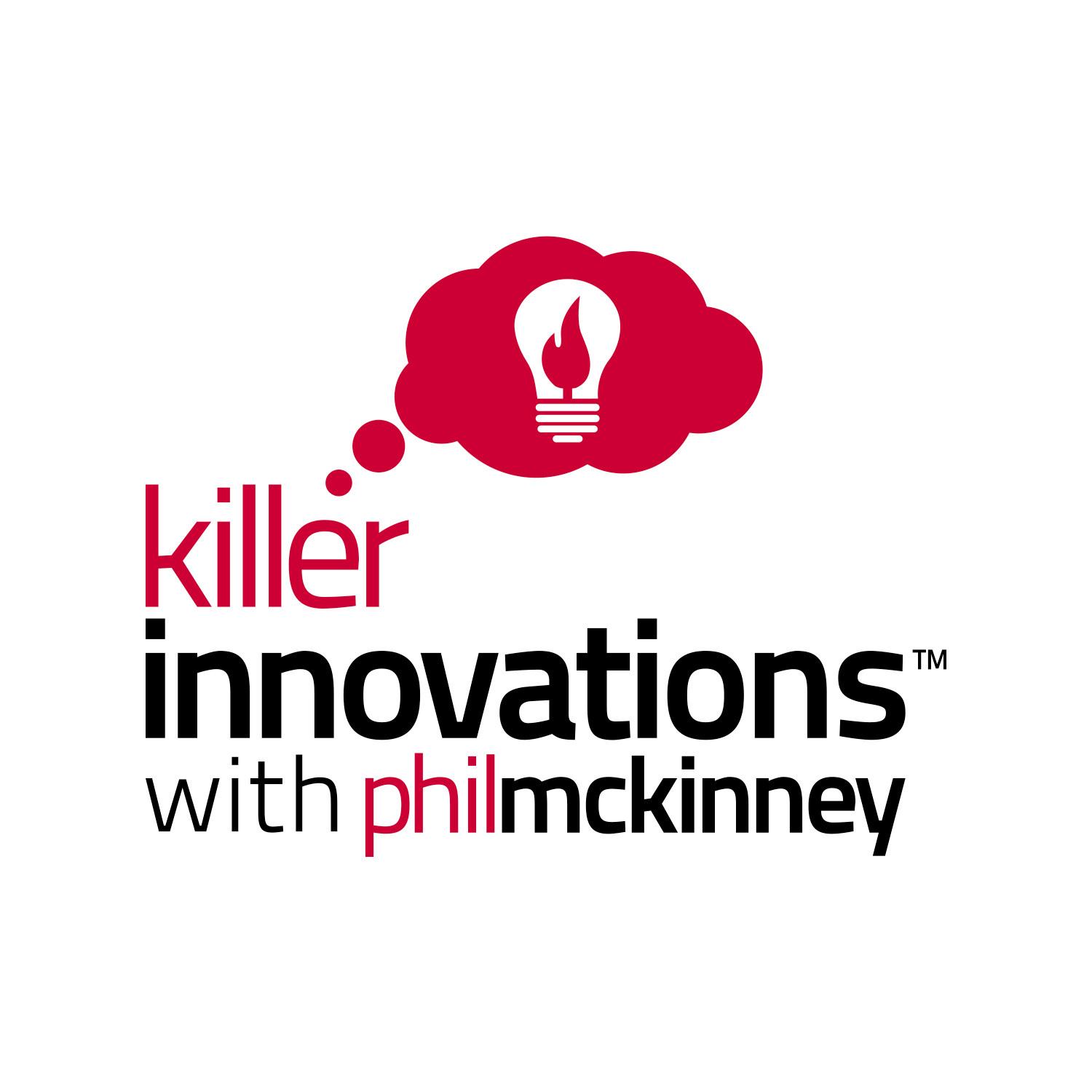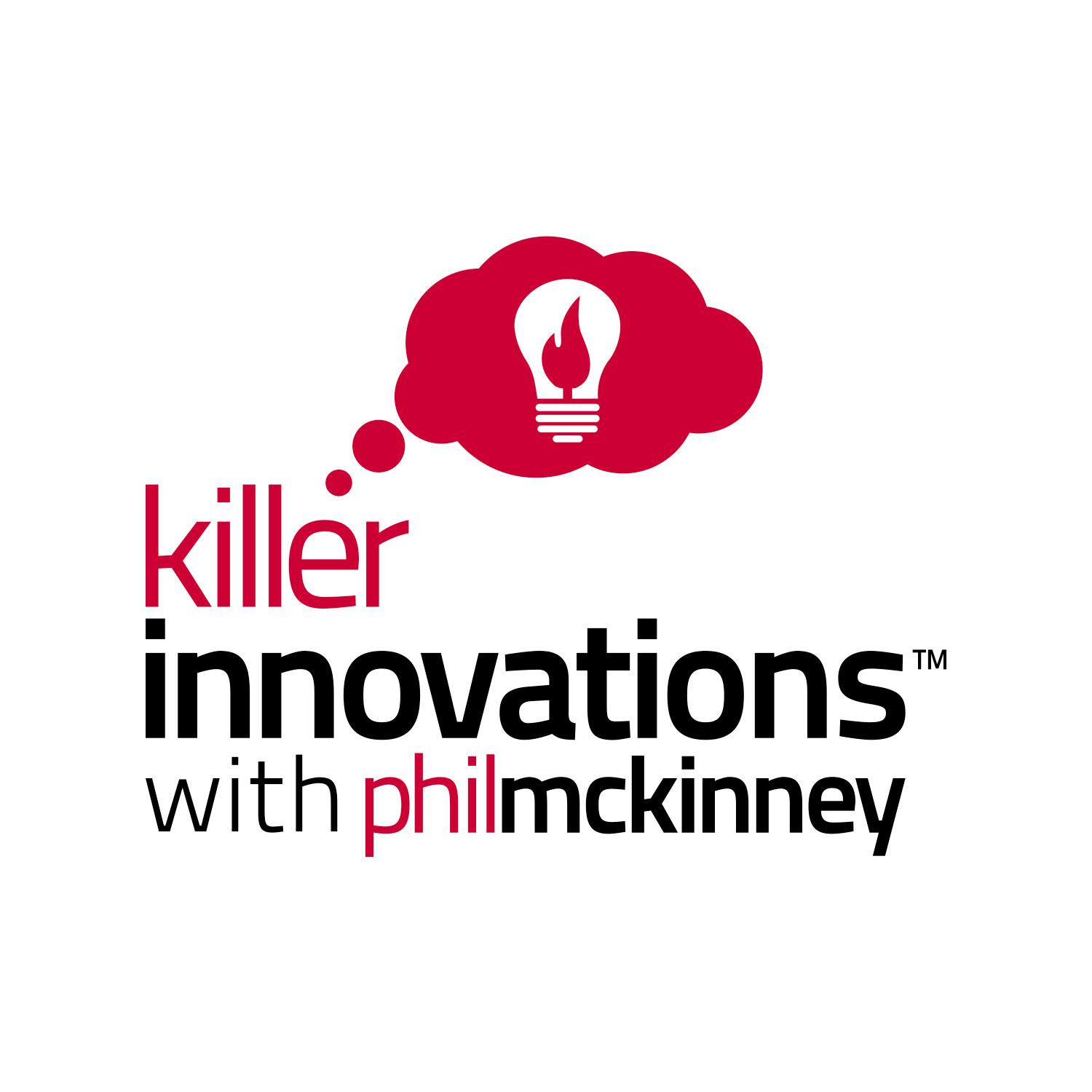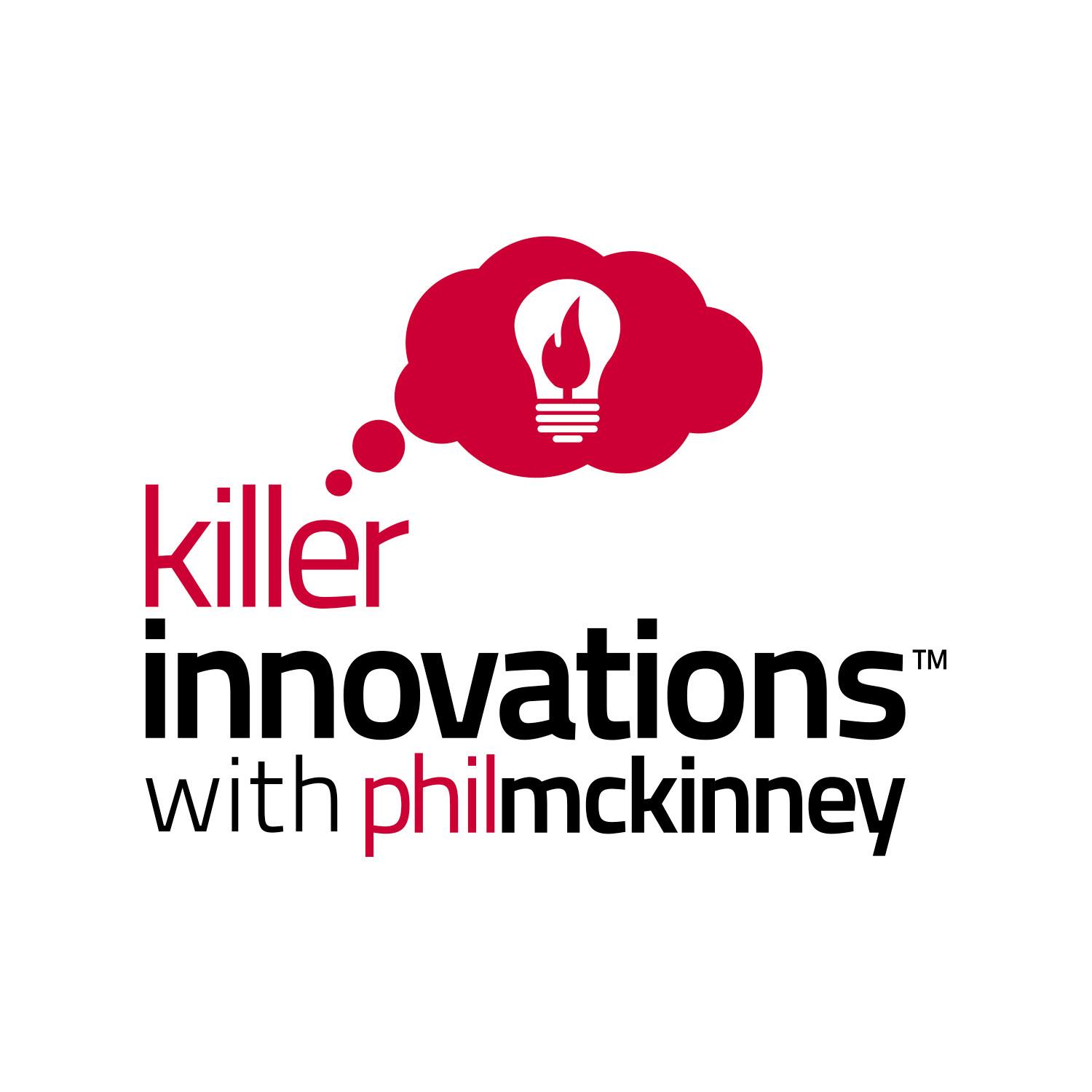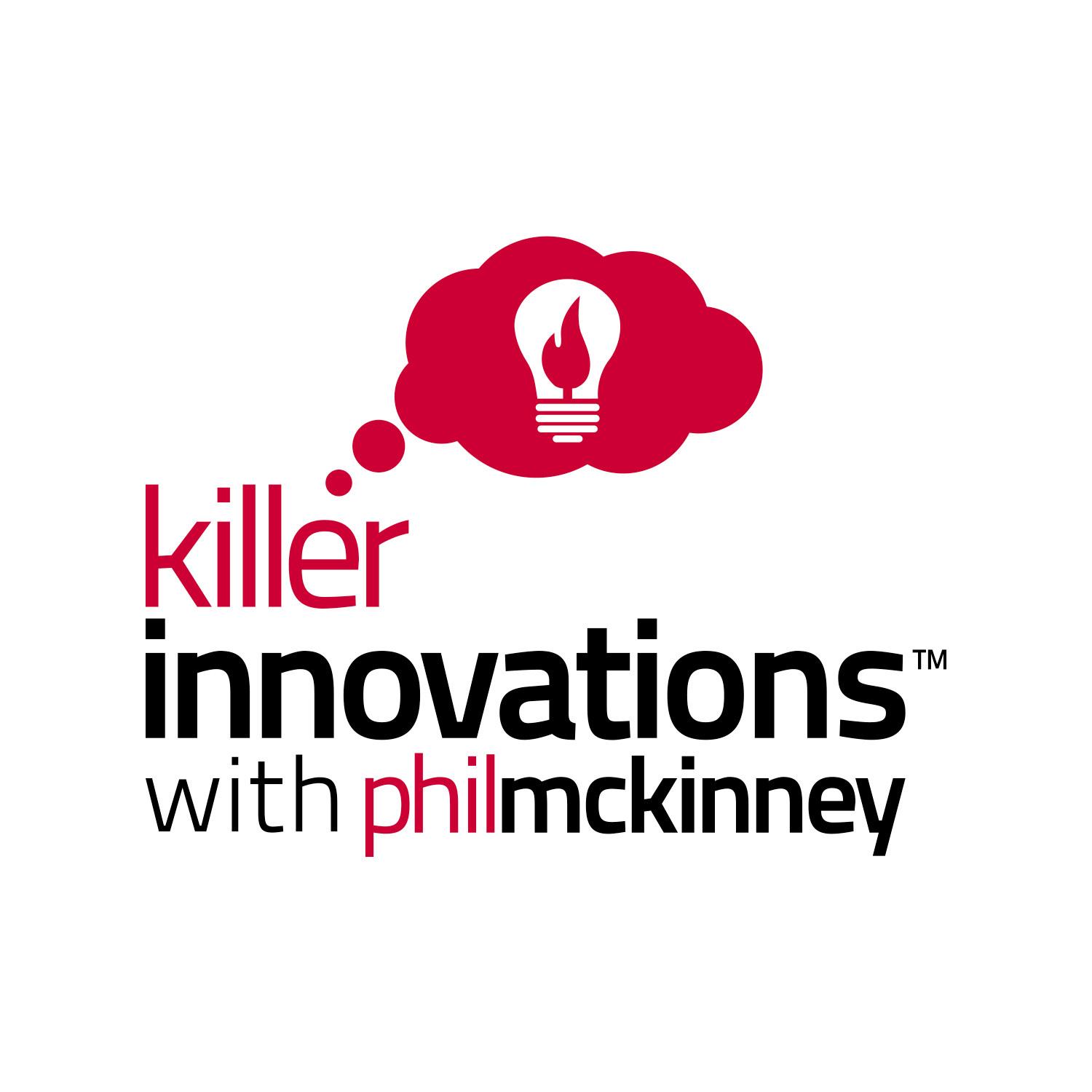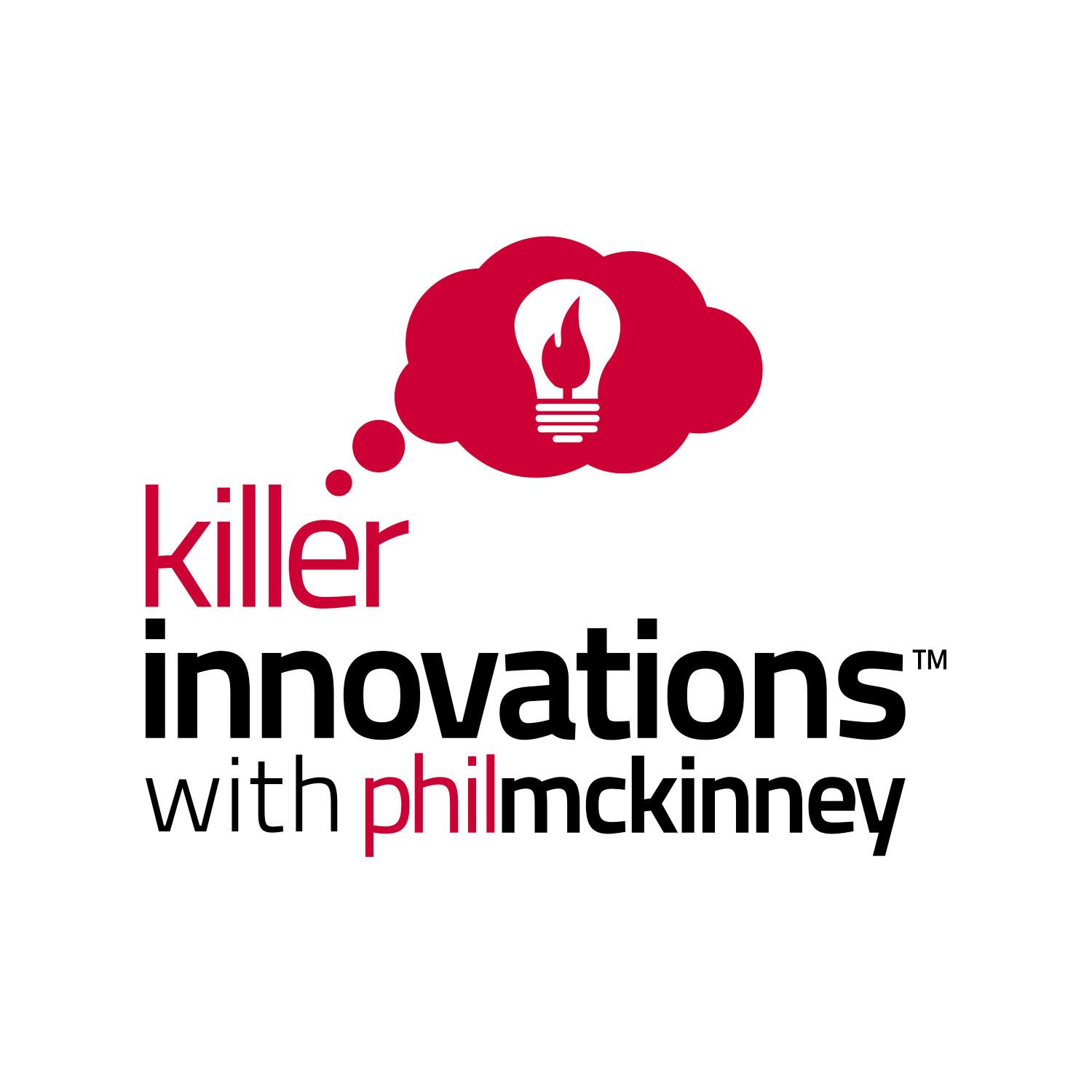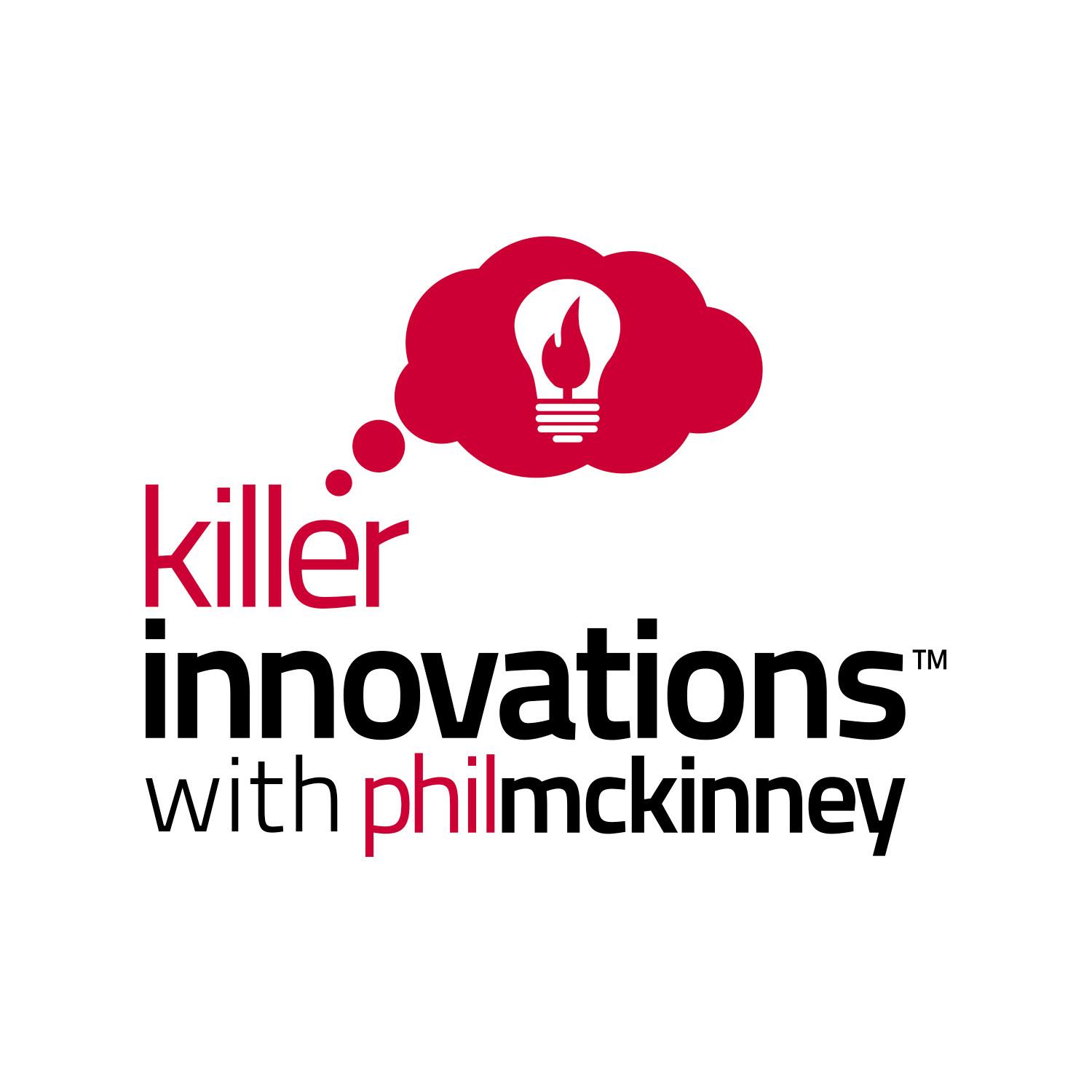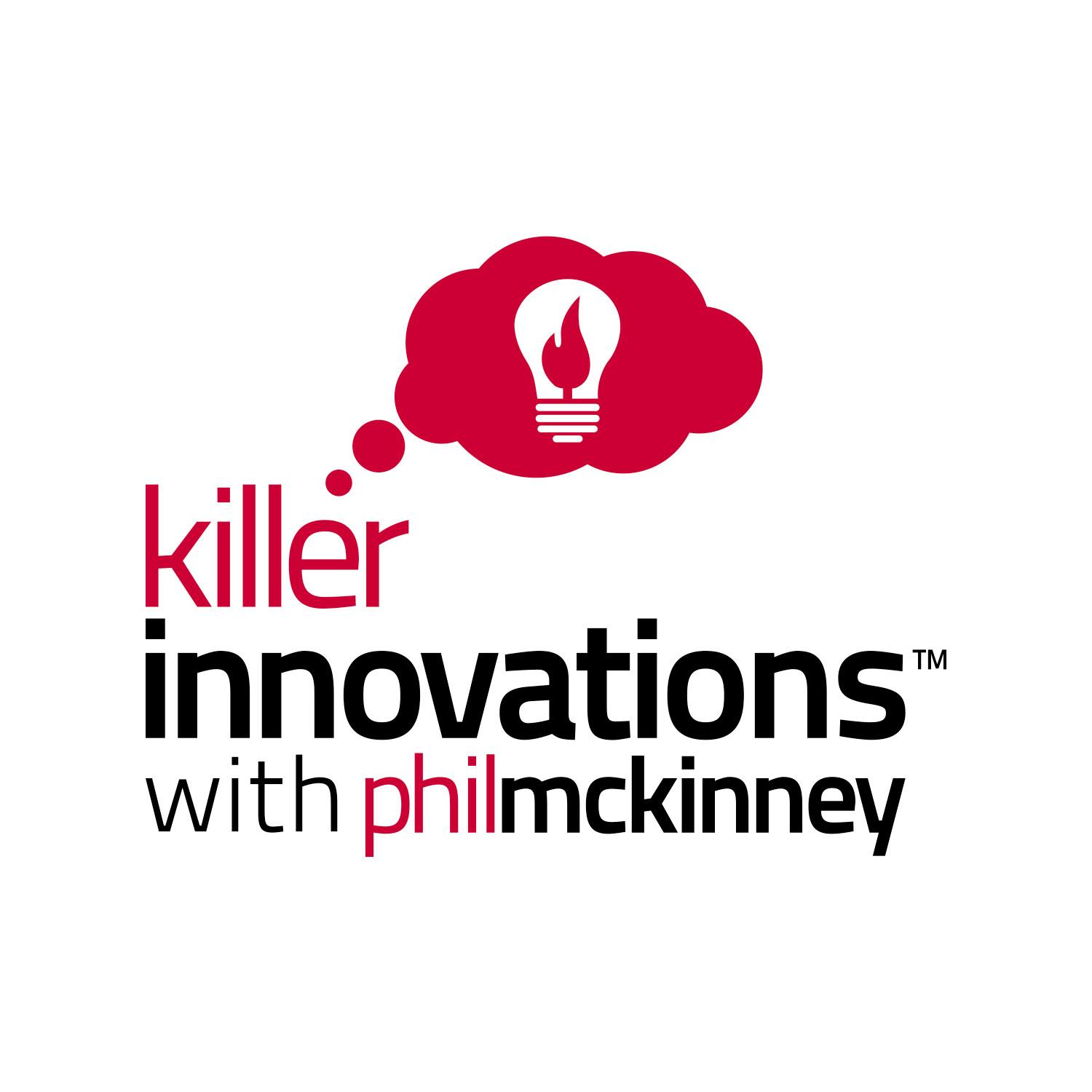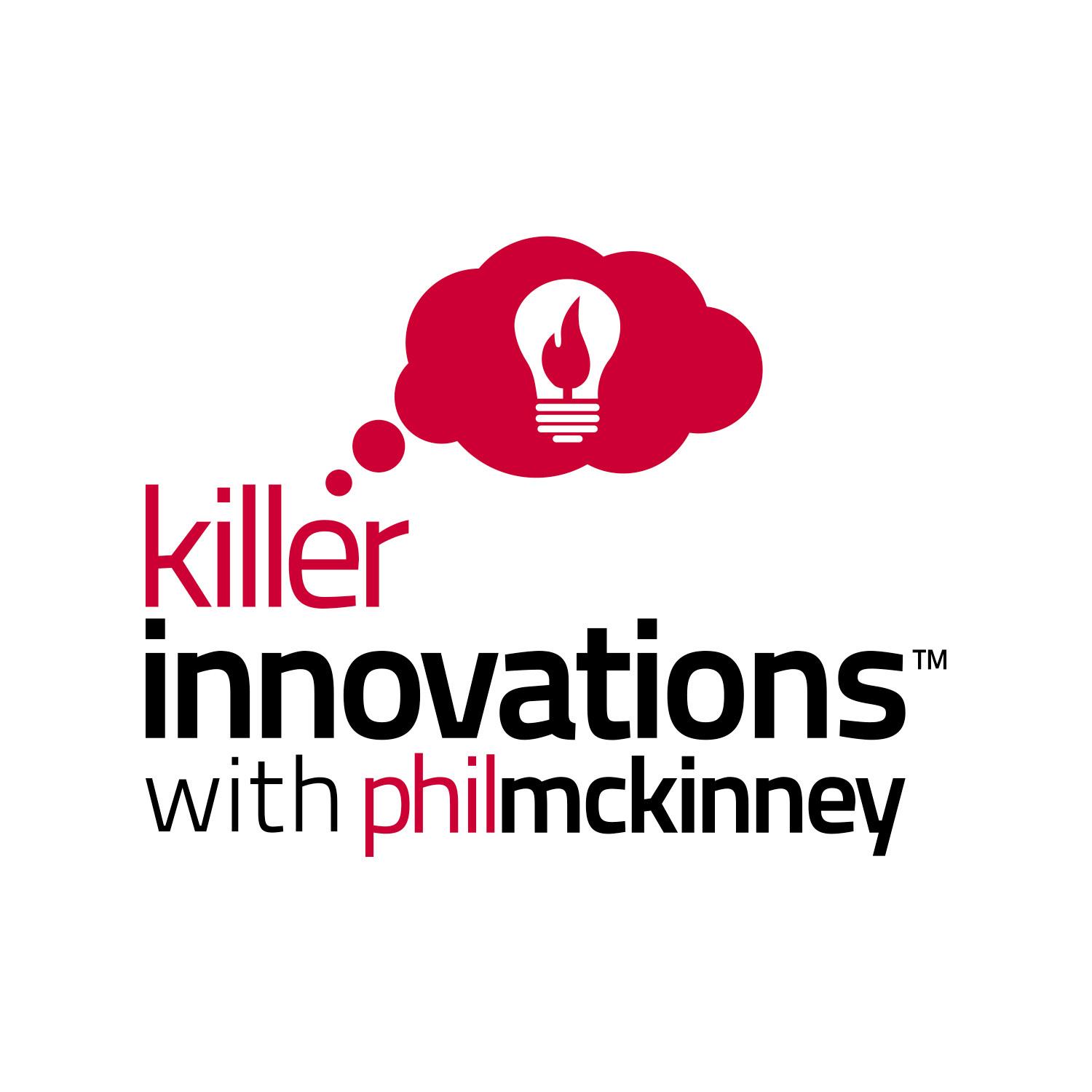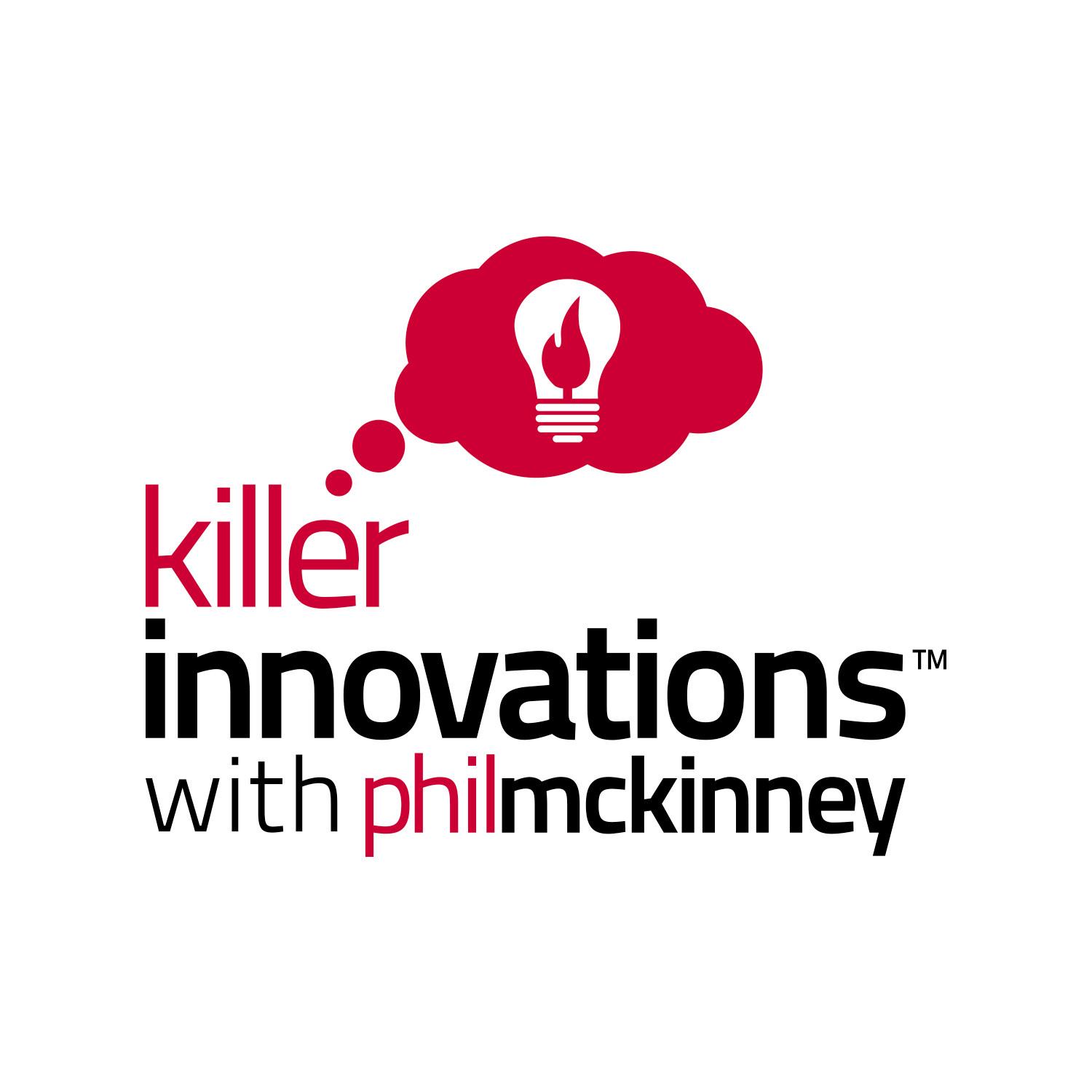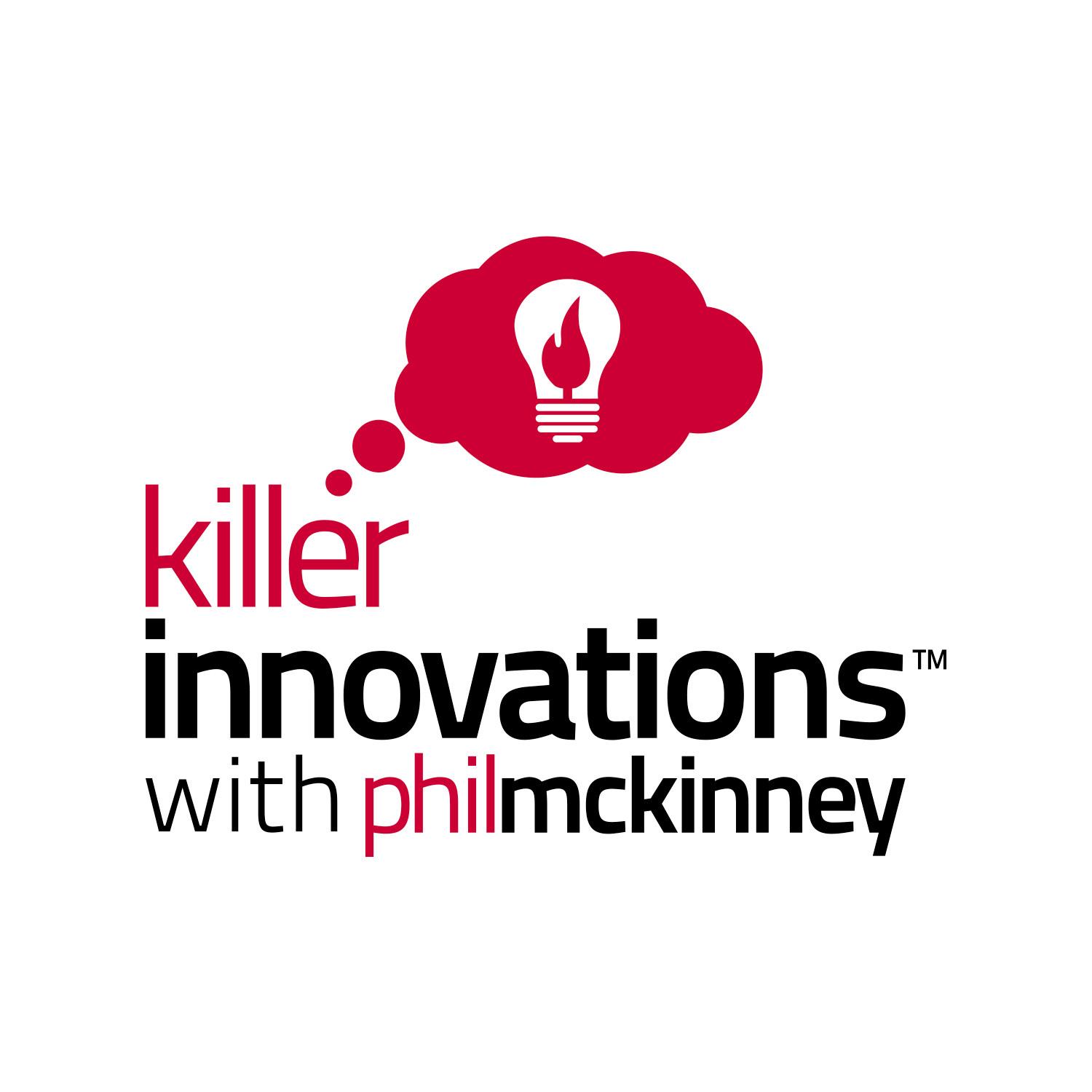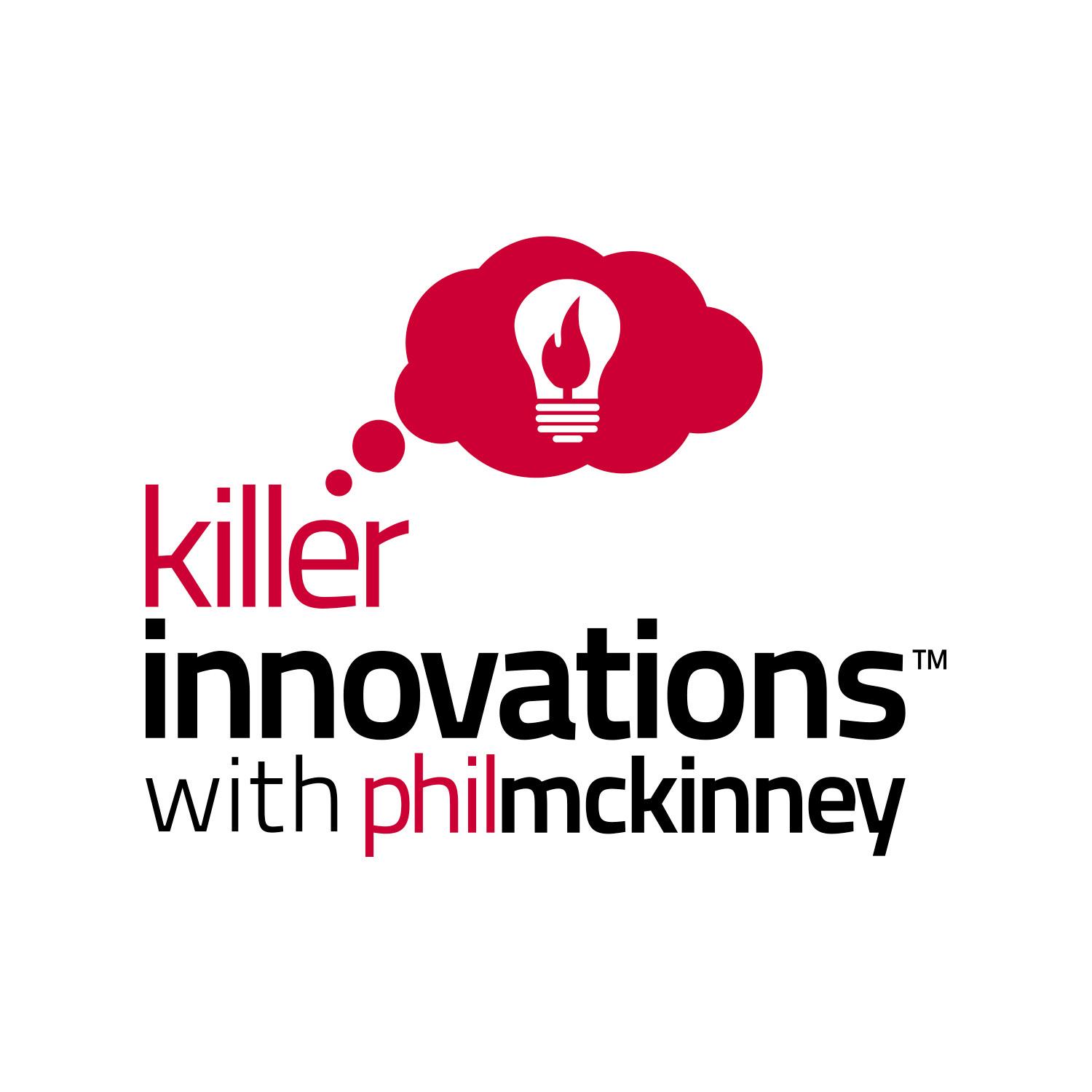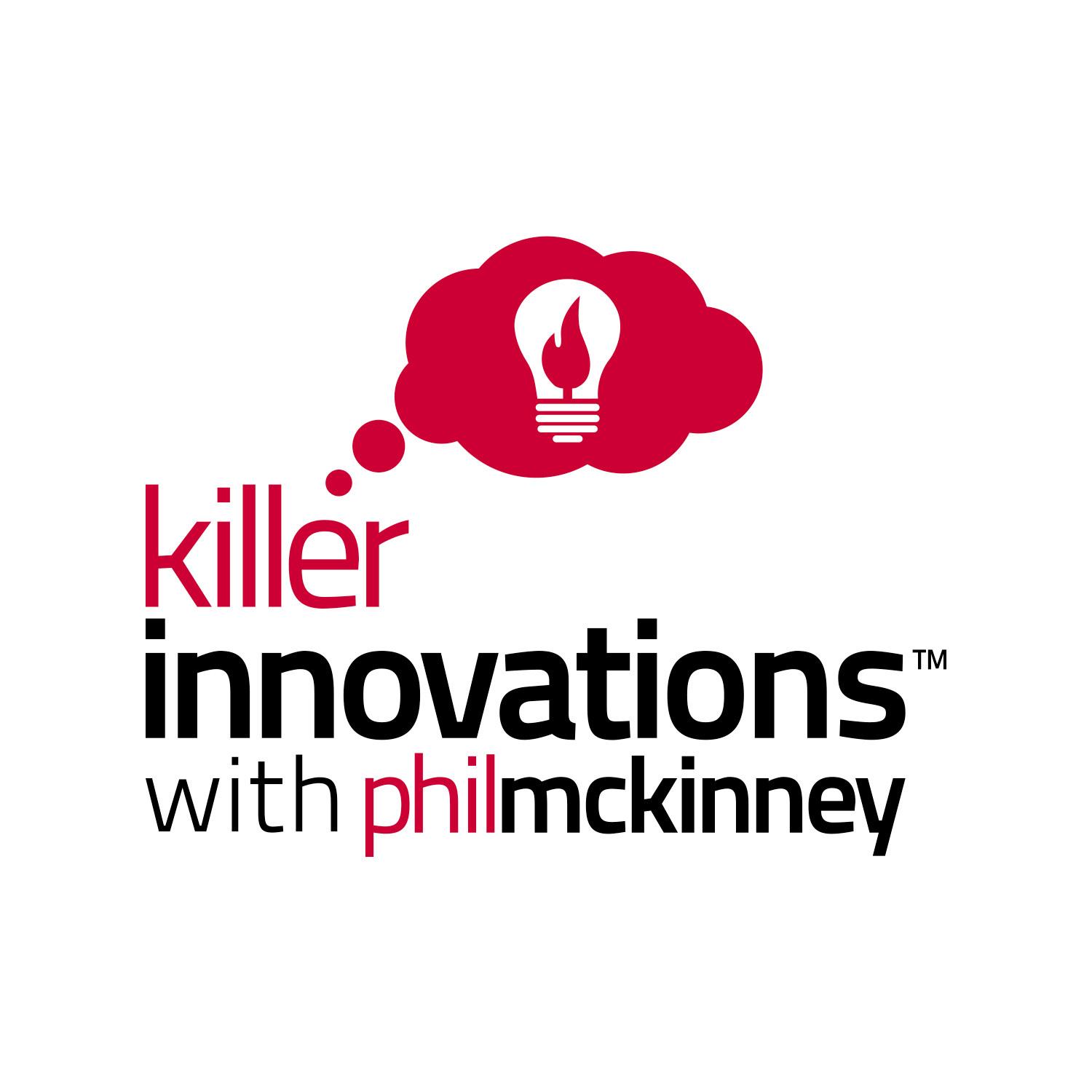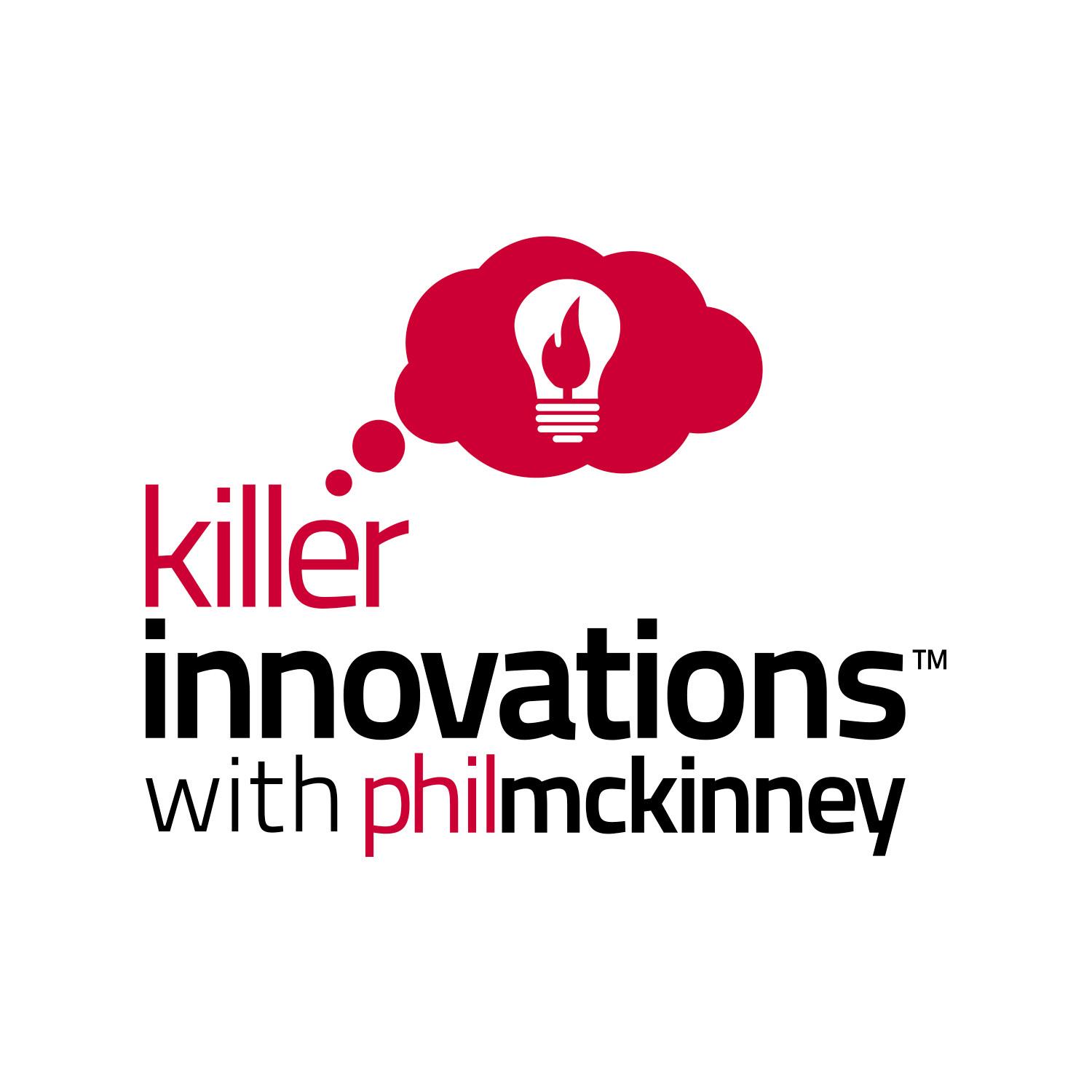How to Strengthen Creative Thinking The 10-Minute Daily Brain Workout Based on Neuroplasticity Research
Description
Humans who committed to four thinking exercises for 10 minutes daily generated 43% more original solutions than the most advanced AI systems.
Welcome to Part 3 of our series, Creative Thinking in the AI Age – on strengthening your uniquely human creativity while using AI as a partner, not a replacement.
In Part 1, we explored the concerning 30% decline in creative thinking as our use of AI tools has increased. In Part 2, we discovered how neuroplasticity – your brain's lifelong ability to reorganize itself – offers us a pathway to not just recover but enhance our creative abilities.
Today, I'm giving you something concrete and practical: a complete 10-minute creative thinking workout based on cutting-edge neuroplasticity research. This isn't just theory – it's a systematic approach to rebuilding the neural pathways essential for innovative thinking.
What makes today's episode especially valuable is that these exercises directly target the four core domains of creative thinking we identified last time:
- Cognitive Flexibility – your ability to switch between different thinking modes and consider multiple perspectives
- Associative Thinking – your ability to connect seemingly unrelated concepts
- Divergent Thinking – your ability to generate multiple solutions to open-ended problems
- Constraint Breaking – your ability to identify and overcome hidden assumptions
These aren't just abstract concepts – they're distinct neural networks in your brain that physically strengthen or weaken based on how you use them. Neuroscience has clearly mapped these networks using fMRI studies. When we frequently outsource creative challenges to AI, these networks get less exercise and gradually atrophy. This atrophy directly affects not just our individual capabilities but our collective ability to solve complex problems as a society.
Think of these four domains as the core muscle groups of creative thinking. Just as a neglected muscle weakens over time, these neural networks diminish when underutilized. And just as physical weakness limits our bodily capabilities, creative atrophy limits our problem-solving potential, career advancement, and ability to address society's most pressing challenges.
The research I shared last time showed that consistent practice leads to measurable changes:
- Within days: Increased neural activity in creative regions
- After two weeks: Noticeable improvements in creative output
- By six weeks: Formation of new white matter pathways
- At eight weeks: Stable neural changes that maintain creative thinking abilities even amid regular AI use.
This gives us a clear roadmap for strengthening our creative capacities: commit to eight weeks of practice, with meaningful milestones along the way.
Before we dive in, I want to emphasize something important: consistency matters more than duration. Research shows that 10 minutes daily produces significantly better results than 70 minutes once a week. This aligns with what neuroscientists call "spaced practice" – shorter, regular sessions that allow your brain to consolidate learning between sessions.
Also, approach these exercises with playfulness rather than pressure. Neuroplasticity research shows that stress inhibits the very neural changes we're trying to promote, while curiosity and enjoyment accelerate them.
Ready to begin? Let's start with our first exercise.
EXERCISE 1: PERSPECTIVE SHIFTING
Our first exercise targets Cognitive Flexibility – your ability to switch between different thinking modes and see situations from multiple perspectives.
This exercise activates your prefrontal cortex – the brain region responsible for cognitive flexibility. This region weakens with routine AI assistance, as algorithms typically present optimized single perspectives rather than multiple viewpoints.
Here's how the exercise works:
- Choose any object in your environment. It could be a coffee mug, a book, or even your smartphone.
- For 2 minutes, rapidly adopt different perspectives on this object. Consider it from:
- The perspective of different professions (How would an engineer, artist, child, or historian view this object?)
- Different time periods (How would someone 100 years ago view it? Someone 100 years in the future?)
- Different scales (How would it appear to an ant? To a giant?)
- Different emotional states (How might someone feeling joyful, anxious, or curious perceive it?)
The key is to shift rapidly between perspectives rather than dwelling on any single viewpoint. Each shift creates new neural firing patterns that strengthen cognitive flexibility.
Let me show you some examples with this coffee mug:
- As an engineer, I notice the thermal properties, the handle design for ergonomics
- As an archaeologist from the future, this might be an artifact revealing daily rituals of 21st century humans
- To an ant, this would be a vast curved wall, perhaps offering shelter
- To someone feeling anxious, this might represent a moment of comforting routine in an uncertain day
Now it's your turn. Find an object near you, pause the video, and spend 2 minutes shifting through different perspectives.
When you're done, take a deep breath. You've just activated neural pathways associated with cognitive flexibility.
What you'll notice with consistent practice is that this ability to shift perspectives begins extending to all areas of your thinking – helping you see multiple angles in business challenges, personal relationships, and creative projects.
EXERCISE 2: RANDOM WORD FUSION
Our second exercise targets Associative Thinking – your ability to connect seemingly unrelated concepts to form novel ideas.
This practice activates your brain's default mode network. This network gets less exercise when we regularly use AI for creative solutions, but rebuilds with exercises that create unexpected connections.
Here's the exercise:
- You'll need three random words. You can:
- Open a book to three random pages and point to a word on each
- Use a random word generator online
- Ask someone to give you three unrelated words
- For 2 minutes, create a coherent concept that combines all three words. This concept could be:
- A new product or service
- The plot for a story
- A solution to a problem you're facing
Let me demonstrate with my three random words: "mountain," "keyboard," and "breakfast."
I might create a concept for: "Summit Typing Café" – a mountain-top co-working space that offers spectacular views and serves breakfast all day. Digital nomads can work at ergonomic keyboard stations while enjoying high-altitude inspiration and nourishing food.
<span

